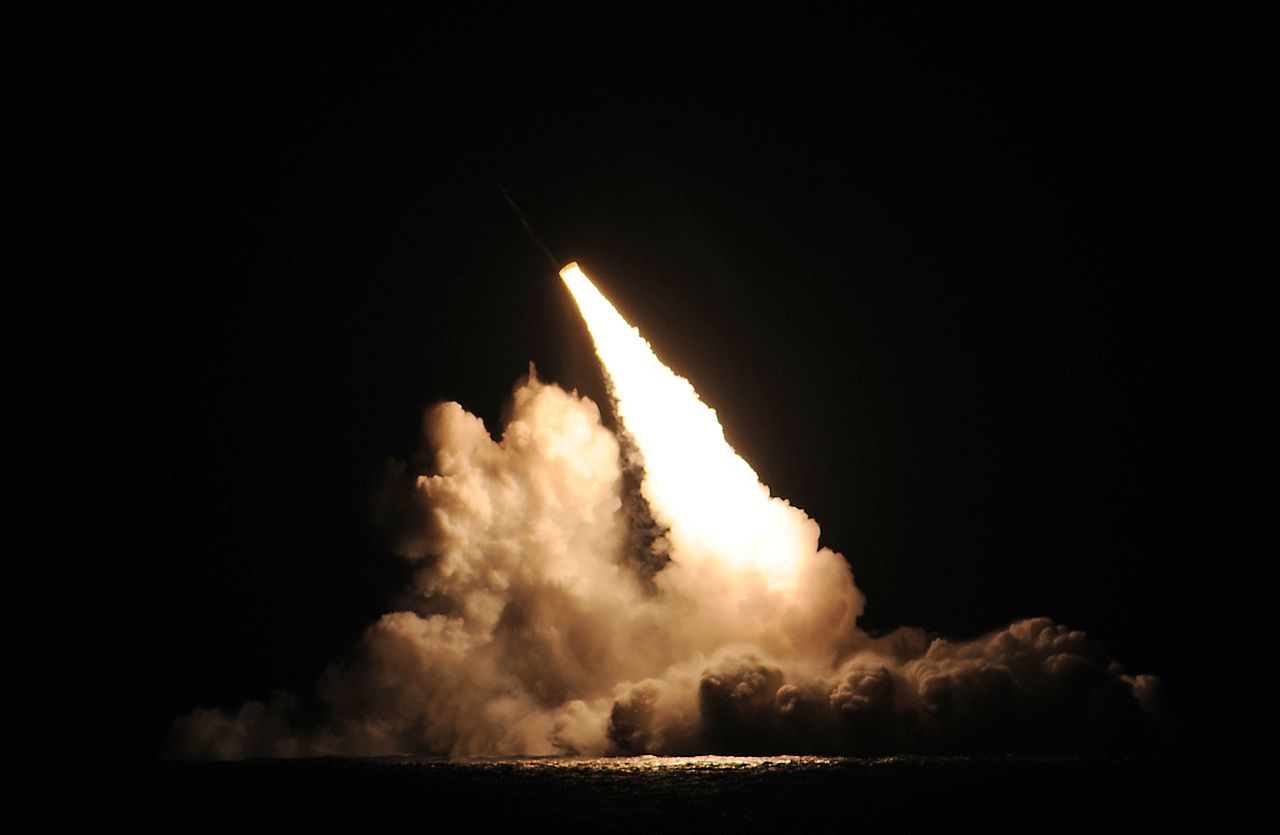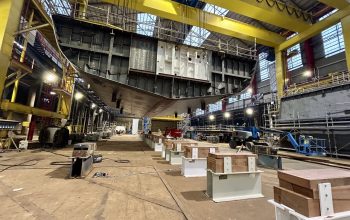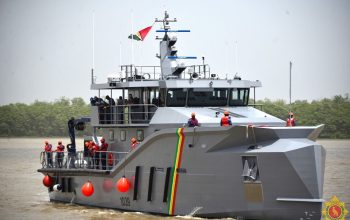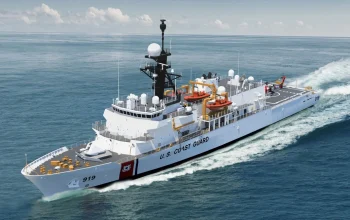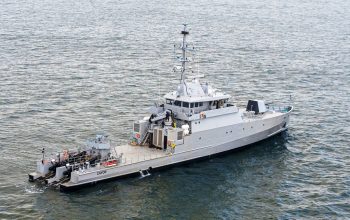The U.S. Defense Department reports that the Lockheed Martin Space, Titusville, Florida, is awarded a $473,832,955 cost-plus-incentive-fee and cost-plus-fixed-fee contract for TRIDENT II (D5) Life Extension 2 Strategic Systems Programs Alteration Advanced Development Program efforts. Work will be performed in Denver, Colorado; Sunnyvale, California; Beltsville, Maryland; Titusville, Florida; Cape Canaveral, Florida ; Palo Alto, California; Folsom, California; and other various locations. Work is expected to be completed by Sept. 30, 2026. Fiscal 2020 research, development, test and evaluation (Navy) funds for $2,800,000 are being obligated on this award, none of which will expire at the end of the current fiscal year. Strategic Systems Programs, Washington, District of Columbia, is the contracting activity.
The UGM-133A Trident II, or Trident D5 is a submarine-launched ballistic missile (SLBM), built by Lockheed Martin Space Systems in Sunnyvale, California, and deployed with the American and British navies. It was first deployed in March 1990, and remains in service. The Trident II Strategic Weapons System is an improved SLBM with greater accuracy, payload, and range than the earlier Trident C-4. It is a key element of the U.S. strategic nuclear triad and strengthens U.S. strategic deterrence. The Trident II is considered to be a durable sea-based system capable of engaging many targets. It enhances the U.S. position in strategic arms negotiation with performance and payload flexibility that can accommodate active treaty initiatives. The Trident II’s increased payload allows nuclear deterrence to be accomplished with fewer submarines, and its high accuracy – approaching that of land-based missiles – enables it to be used as a first strike weapon.
Trident II missiles are carried by 14 US Ohio and four British Vanguard-class submarines, with 24 missiles on each Ohio class and 16 missiles on each Vanguard class (the number of missiles on Ohio-class submarines will be reduced to 20 each in coming years, in compliance with the New Strategic Arms Limitation Treaty). There have been 176 successful test flights of the D5 missile since design completion in 1989,[20] the most recent being from USS Nebraska in September 2019.[21] There have been fewer than 10 test flights that were failures, the most recent being from HMS Vengeance off the coast of Florida in June 2016.[23] The D5 is the sixth in a series of missile generations deployed since the sea-based deterrent program began 60 years ago. The Trident D5LE (life-extension) version will remain in service until 2042.
